



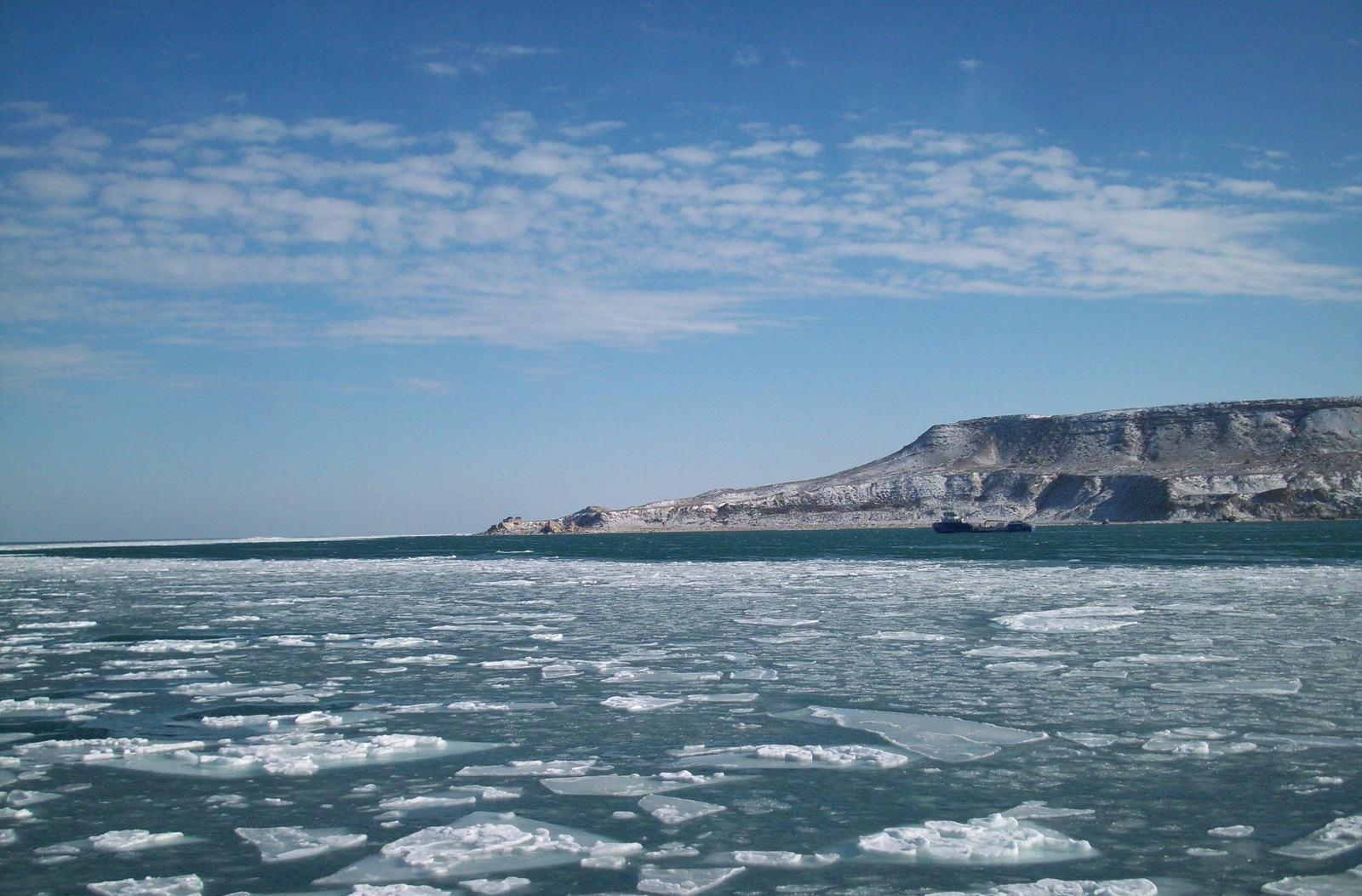
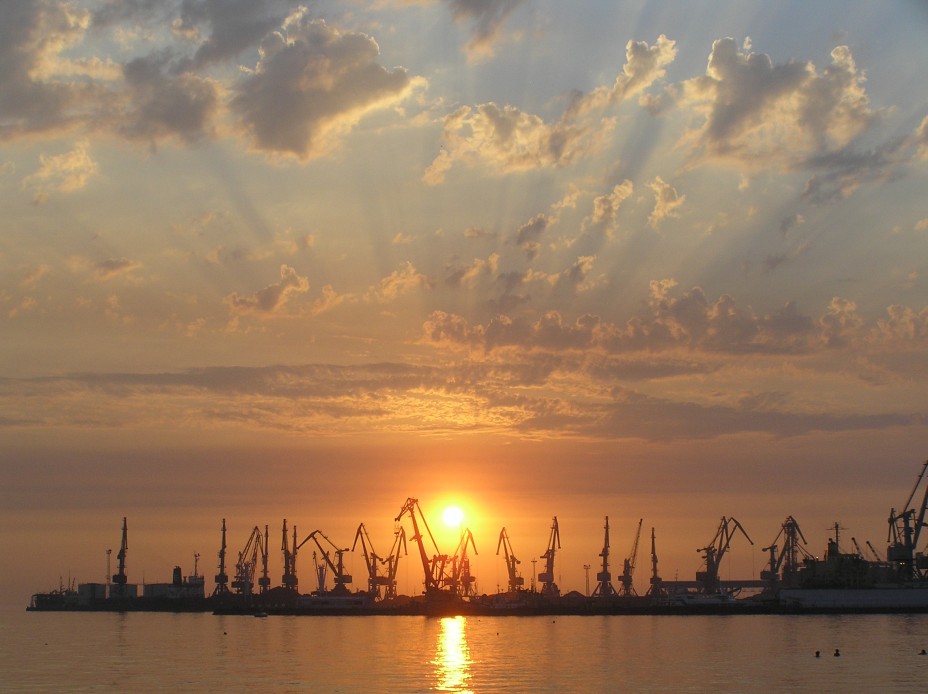
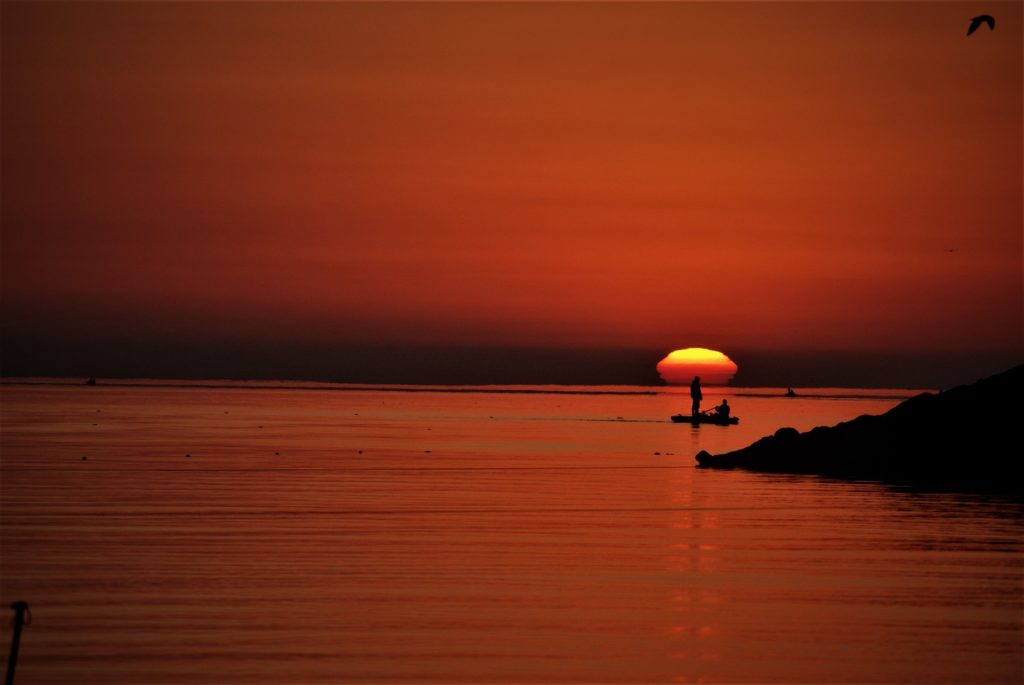

 Shades of Time | Trails of the Century
Shades of Time | Trails of the Century
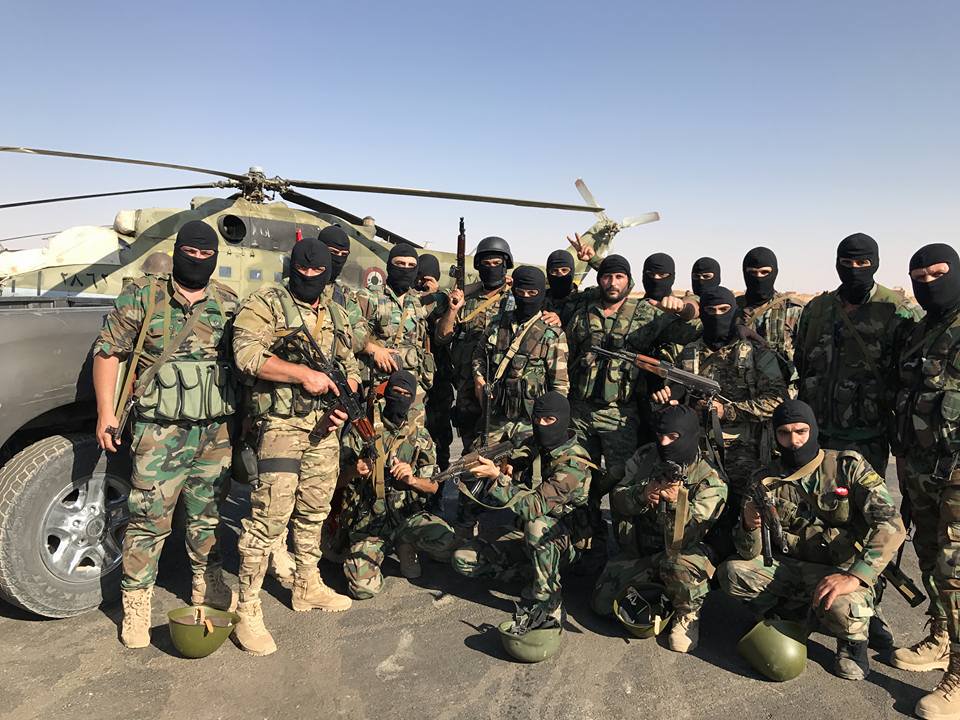 Rapidly, the Caspian Sea is developing with the special status agreement reached between Iran, Russia, Kazakhstan, Turkmenistan and Azerbaijan. Exclusively, the agreement establishes a lock-out zone between the five nations bordering the Caspian Sea. Simultaneously, climate security for the Caspian Sea region, which expands into Greater Mesopotamia, continues to drive research on the Tigris-Euphrates network (TEN). Economically, the Caspian Sea special status agreement establishes the Greater Five initiative which empowers the shift towards a new international system. Immensely, the TEN network accelerates military cooperation among Global South and Africa-American Asia (AAA) economic societies. Attractively, the TEN network is equipped with centennial development goals for the Greater Mesopotamia region which includes: regeneration of the Central Marshes, expansion of the Tigris-Euphrates river system and building new dams while developing oil fields. Furthermore, the TEN network innovates military research for the Greater Five as cooperation with deep sea exploration from the Arctic Circle to the Antarctic Plateau builds cohesion with a new international system.
Rapidly, the Caspian Sea is developing with the special status agreement reached between Iran, Russia, Kazakhstan, Turkmenistan and Azerbaijan. Exclusively, the agreement establishes a lock-out zone between the five nations bordering the Caspian Sea. Simultaneously, climate security for the Caspian Sea region, which expands into Greater Mesopotamia, continues to drive research on the Tigris-Euphrates network (TEN). Economically, the Caspian Sea special status agreement establishes the Greater Five initiative which empowers the shift towards a new international system. Immensely, the TEN network accelerates military cooperation among Global South and Africa-American Asia (AAA) economic societies. Attractively, the TEN network is equipped with centennial development goals for the Greater Mesopotamia region which includes: regeneration of the Central Marshes, expansion of the Tigris-Euphrates river system and building new dams while developing oil fields. Furthermore, the TEN network innovates military research for the Greater Five as cooperation with deep sea exploration from the Arctic Circle to the Antarctic Plateau builds cohesion with a new international system.
Specifically, research in hydrometeorology is a central focus throughout the TEN as climate security top priorities. Critically, the TEN analyzes the transfer of water and energy on land from the lower atmosphere which is vital to climate security. Dynamically,the TEN includes research from the True North Zone (N-Zone) which is used with the sea-level space technique for identifying cloud patterns. Pertinently, topography maps on the TEN identify the True North Zone easily along the Central Basin for the Mississippi River which spans between Lake Superior and the Gulf of Mexico.
The True North Zone is named so for two reasons:
Politically, integration of the True North Zone and the TEN expands climate security on the Gulf of Mexico while fueling municipal corporation with the Greater Five. Distinctly, Iran is ensuring climate security for the Greater Five accelerates military research beyond Greater Mesopotamia. Impartially, the TEN is pervading the Mediterranean coastal region as climate security improves along the Taurus mountain complex. Generously, climate security and environmental research on the TEN builds military cooperation towards vital infrastructure such as: electricity grids, oil platforms and agricultural vegetation.
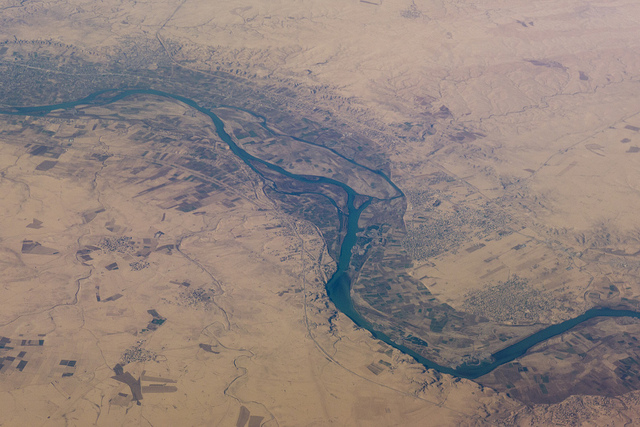 Copiously, the Tigris river gravitates its ecosystem towards neighboring nations including: Armenia, Georgia, Ukraine, Romania and Bulgaria. Geographically, it is the eastern river whereby the TEN serves as military integration expands beyond Greater Mesopotamia. Currently, the Mosul Dam which inccurred damages from the US invasion of Iraq and subsequent takeover by ISIL is slated for security upgrades. Primarily, the following cities are linked to centennial development with growing support for research on the central marshes: Mosul, Tikrit, Samarra, and Baghdad. Effectively, climate security from the TEN service region accelerates military cooperation with Iran. Finally, Greater Mesopotamia continues to gravitate toward its Black Sea neighbors as the special status agreement for the Caspian Sea generates industrial productivity.
Copiously, the Tigris river gravitates its ecosystem towards neighboring nations including: Armenia, Georgia, Ukraine, Romania and Bulgaria. Geographically, it is the eastern river whereby the TEN serves as military integration expands beyond Greater Mesopotamia. Currently, the Mosul Dam which inccurred damages from the US invasion of Iraq and subsequent takeover by ISIL is slated for security upgrades. Primarily, the following cities are linked to centennial development with growing support for research on the central marshes: Mosul, Tikrit, Samarra, and Baghdad. Effectively, climate security from the TEN service region accelerates military cooperation with Iran. Finally, Greater Mesopotamia continues to gravitate toward its Black Sea neighbors as the special status agreement for the Caspian Sea generates industrial productivity.
Adjacently, from the Tigris river is the Karun River in Iran which expands into the Persian Gulf. Affluently, the Karun River flows through the Zagros mountains of Iran which create a dense basin near the Persian Gulf. Presumably, the Karun River is the Gihon River which is described in the Bible as the location of the Garden of Eden. Progressively, the Karun River generates hydroelectric power with several dams which also provide flood control and erosion protection. Cooperatively, the TEN illustrates expansion of the special status agreement for the Caspian Sea which enact centennial development planning for future success.
Subtly, the special status agreement for the Greater Five ensures environmental research on the TEN includes military cooperation as Iraq is home to ancient rivers which are known as "the cradle of civilization". Resourcefully, the world's first urban settlers raised the land between the Tigris and Euphrates rivers. Abundantly, the Euphrates river basin joins Turkey, Syria, Iraq, Jordan, Saudi Arabia and Kuwait. Natively, the Euphrates river embeds several distinct vegetation zones. Domestically, various oaks and pistachio trees saturate the woodland steppe with the following wildlife living in the area: grey wolves, golden jackal, red fox, leopards, lions and the Syrian brown bear. Aptly, the special status agreement for the Caspian Sea allots for the preservation of vegetation zones and wildlife throughout Greater Mesopotamia. Naturally, the preservation of land and wildlife for generations to come in Greater Mesopotamia is inherited. Methodically, centennial development planning guarantees protection for our natural resources. Pertinently, the TEN includes the creation of river canals leading from the Caspian Sea into the Persian Gulf.
1st Quarter Highlights
|
|